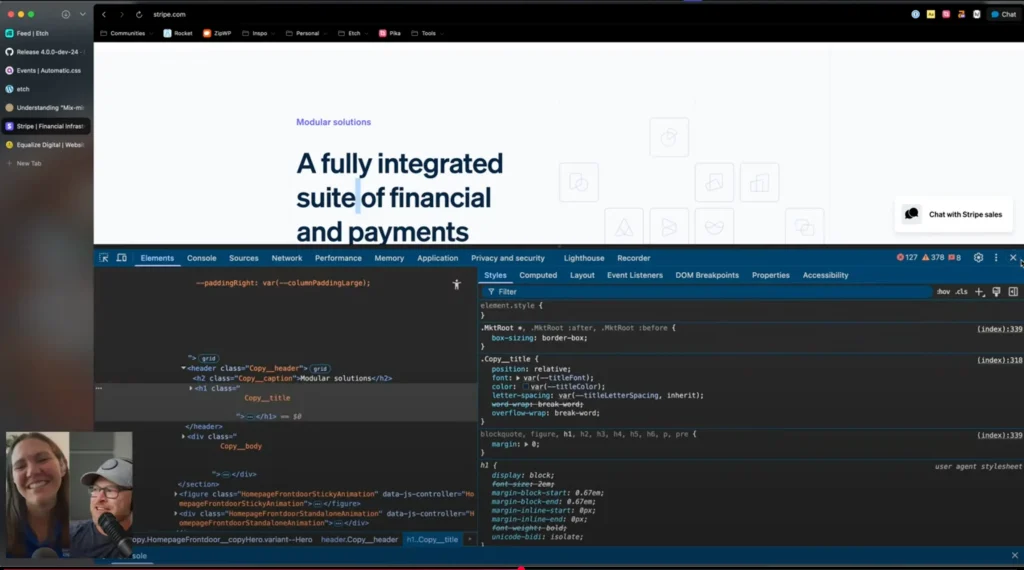When we talk about web accessibility, we’re making sure your website is usable by everyone. That includes people with disabilities, but it also helps those with temporary issues like a broken arm, or situational limitations like a slow Wi-Fi connection. With over 1.3 billion people worldwide experiencing significant disabilities, it’s a massive market you can’t afford to miss.
But wait, there’s more! Accessible sites are often just better for all users. Think clear navigation, easy-to-read text, and mobile-friendly design. It’s about making your site a seamless experience for every single visitor.
The Risks of Ignoring Accessibility
Here’s the thing: accessibility isn’t just a nice-to-have; it’s a legal requirement. In places like the U.S. and Europe, regulations like the Americans with Disabilities Act (ADA) and the European Accessibility Act mean non-compliance can lead to serious legal and financial risks. And guess who gets targeted most? Small and medium-sized businesses, with some lawsuits costing upwards of $25,000! 💸 Beyond the legal stuff, a bad reputation for not being inclusive can seriously damage your brand’s trust.
The Four Pillars of an Accessible Website: POUR
How do you make a website accessible? It all comes down to four core principles, often called POUR:
- Perceivable: Can users understand the content? This means using things like alt text for images so screen readers can describe them and captions for videos so everyone can follow along.
- Operable: Can users easily navigate and interact with your site? This includes ensuring everything can be used with a keyboard, not just a mouse.
- Understandable: Is your site’s content and design easy to comprehend? No one likes a confusing website!
- Robust: Is your site compatible with different web browsers and assistive technologies? You want your site to be future-proof!
Gaining a Competitive Edge with Data
This isn’t about guesswork; it’s about strategy. By using a data-driven approach, you can track how accessibility improvements impact your site. Tools like Google Analytics can show you how changes affect conversion rates and bounce rates, while other accessibility checkers can help you find and fix issues.
Making accessibility a priority also sets your agency apart. It’s a way to differentiate yourself and show clients you’re committed to building inclusive, high-performing websites. By tapping into the significant spending power of the disability community, you’re not just doing the right thing; you’re opening up new revenue streams and driving measurable results.
Disclaimer: This information is from the insightful WDD LIVE 101: All Things Accessibility With Amber Hinds session.
